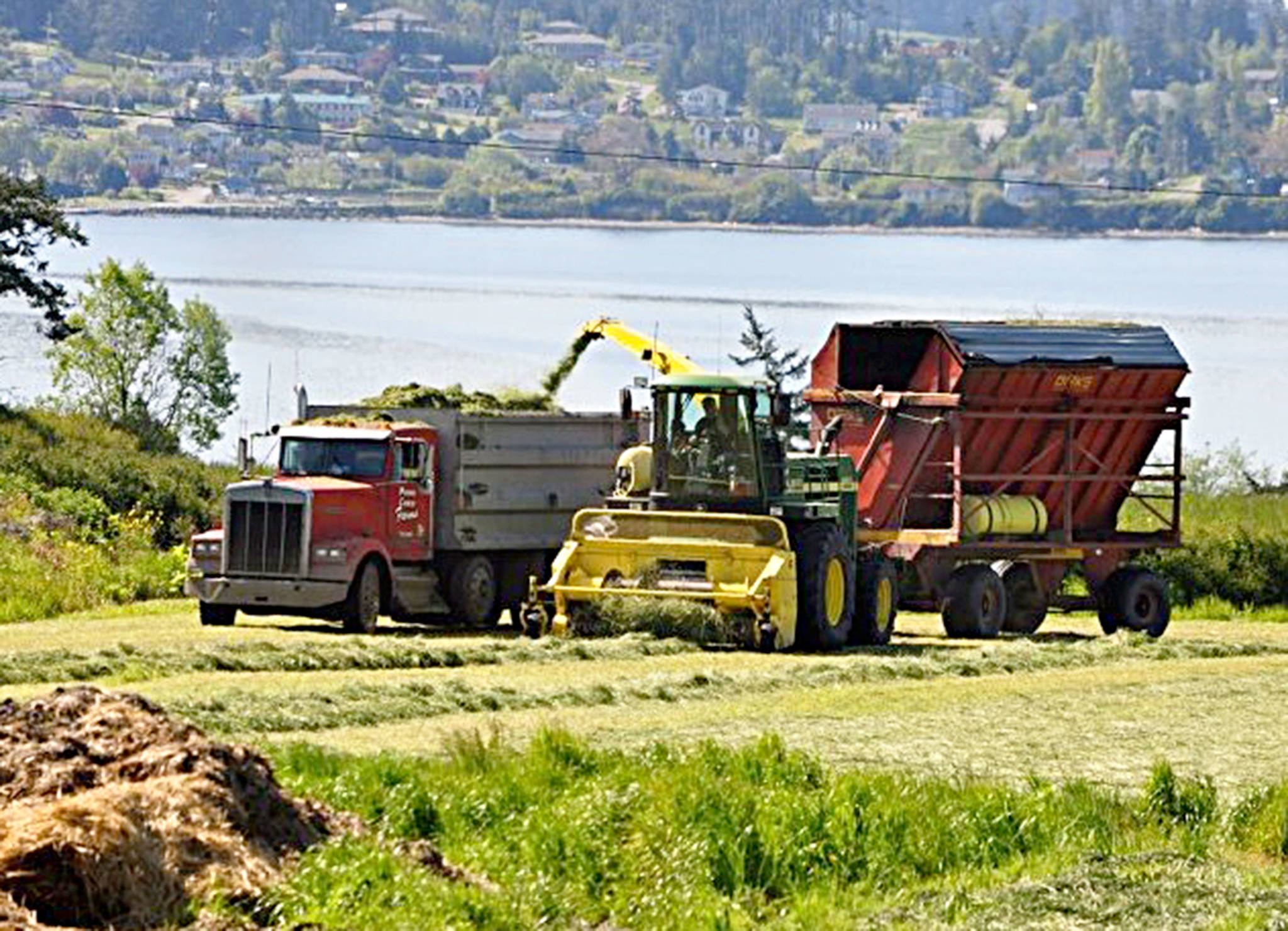Three projects epitomizing the natural beauty of the Puget Sound region — forests, shoreline and farmland — were recently chosen to receive 2017 Conservation Future Funds by the Island County commissioners.
Grants totaling $1.1 million will be split among Whidbey Camano Land Trust and Island County Parks Department proposals. The funding helps preserve a South Whidbey watershed and Ebey’s Landing National Historic Reserve farmland and also expands a Camano Island county park.
The Conservation Futures Fund, compiled through a 6.25 cent tax per $1,000 assessed property value, is doled out each year to help finance projects that focus on preserving land or improving public access to open spaces.
Created in 1991, it acquires rights and interests in open-space land, farm and agricultural land, timberland and shoreline in order to protect natural areas for future generations.
Many times, protection comes through conservation easement acquisitions. These are legal agreements with private land owners and a land trust stipulating that the property remain in its natural state, even if it’s sold.
CFF projects are ranked and scored by a citizens advisory board, public comment is taken and then commissioners vote on the merit of each proposal.
County planners also determined that the projects wouldn’t affect projected housing and employment growth.
Approved for funding: $500,000 to complete a long-term plan to preserve the iconic bluff, shoreline and tidelands of Barnum Point into a 129-acre county park on Camano Island; $200,000 to purchase conservation easements on approximately 103 acres owned by the Whidbey Institute; $95,000 to buy agricultural conservation easements on Penn Cove Farms that raises up to 1,600 dairy calves and heifers.
Commissioner Jill Johnson cast the only negative vote, questioning why Whidbey Institute, a private, non-profit educational center in Clinton, needed government grant money to protect its own land from future development.
“Why doesn’t Whidbey Institute donate the land instead of using public funds for an easement?” Johnson asked. “It doesn’t need to go through this particular public process.”
The conservation easement sought by Whidbey Institute protects wildlife habitat at the headwaters of two tributaries to Maxwelton Creek and expands public access nature trails by about two miles near Whidbey Island Waldorf School, a private school with about 100 students.
The easement would protect the land from any future land development, explained Pat Powell, executive director of Whidbey Camano Land Trust. The non-profit conservation organization has a successful track record of using Conservation Futures Funds as a starting point and then raising millions more dollars from private donors to preserve open space.
“Now is the time to make this relatively small investment and save and protect watersheds,” Powell told commissioners. “The (Whidbey Institute) board of directors is now conservation minded but it might not remain that way.”
The conservation easement sought for Penn Cove Farms “will extinguish up to 10 development rights from the property and ensure that the land remains available for agricultural use in perpetuity,” according to its grant application. One development right would be retained for the existing homeland.
The farm, located at the northwest corner of Monroe Landing Road and Arnold Road intersection, has been sustained for more than 100 years. Many western Washington dairies send their calves and young heifers to Penn Cove Farms to be raised.
Its 129 acres is primarily used to grow forage to support the on-site dairy heifer raising operation.


